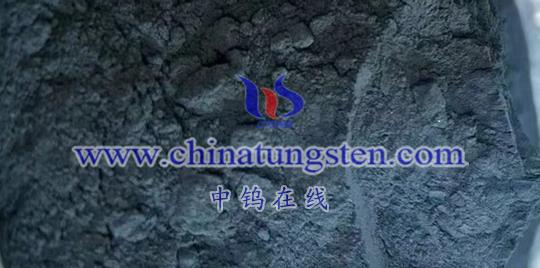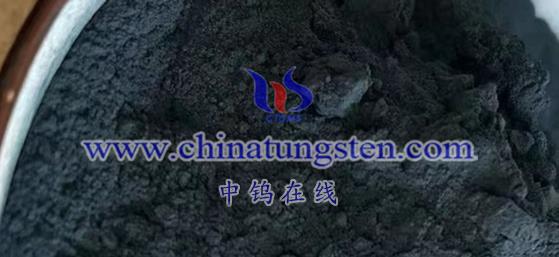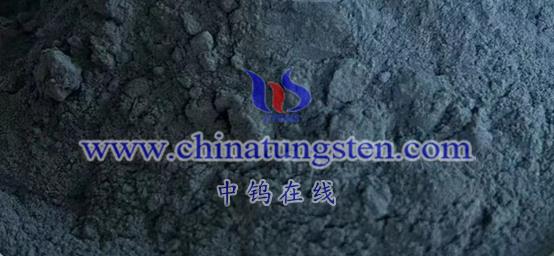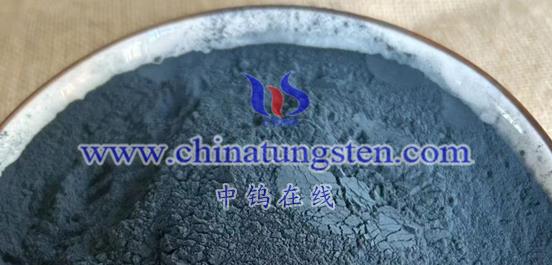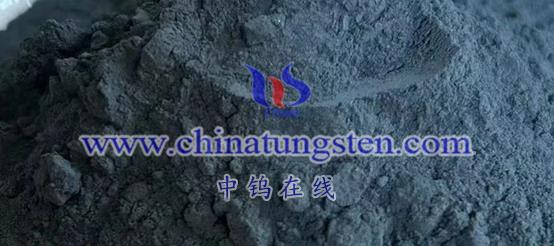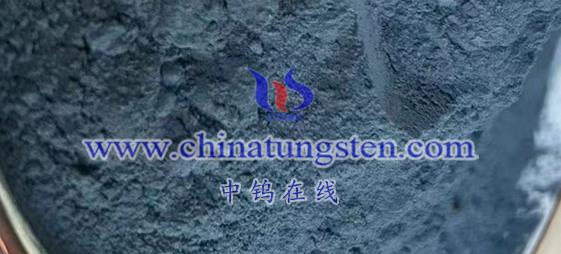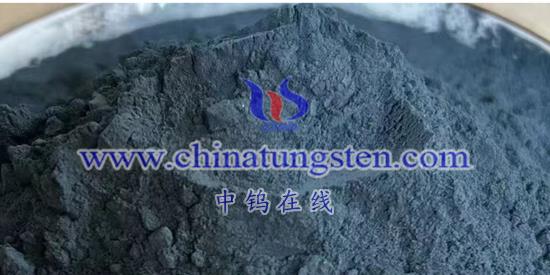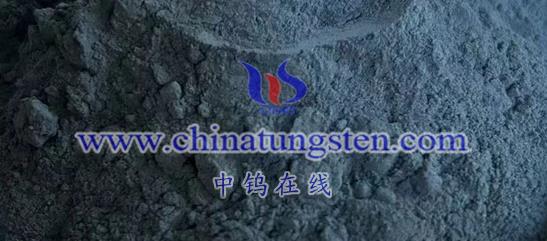
Nano tungsten trioxide (WO3) has a promising application prospect in the treatment of water contaminated by organic dyes, primarily due to its excellent photocatalytic performance and stability. Below is a detailed analysis of the application prospects of nano tungsten trioxide in treating water polluted by organic dyes.
- Excellent Photocatalytic Performance
Nano tungsten trioxide is an n-type semiconductor material with an appropriate band gap energy (approximately 2.5 eV), enabling it to absorb visible light with wavelengths shorter than 500 nm and generate photogenerated electron-hole pairs. These photogenerated electrons and holes are highly active and can participate in redox reactions, thus degrading organic pollutants in water. Research indicates that nano tungsten trioxide exhibits good stability in photocatalysis and achieves desirable catalytic effects in degrading pollutants in water.
- Application Examples and Effects
- Textile Wastewater Treatment:
Textile wastewater is a major source of organic dye pollution, characterized by high organic concentration, deep color, and complex composition. Nano tungsten trioxide, as a photocatalyst, can decompose the dyes in wastewater into harmless substances such as carbon dioxide, water, and nitrogen under visible light, significantly reducing the chemical oxygen demand (COD) and color of the wastewater. To enhance treatment effectiveness, researchers have developed composite photocatalysts, such as WO3/CdS/W, which incorporate cadmium sulfide (CdS) and tungsten powder to further improve the removal rates of COD and color in textile wastewater. - Treatment of Other Organic Wastewater:
In addition to textile wastewater, nano tungsten trioxide can also be used to treat other types of organic wastewater, such as pharmaceutical and chemical industry wastewaters. These wastewaters contain a wide variety of organic pollutants that are challenging to degrade. Nano tungsten trioxide photocatalytic technology can decompose these organic pollutants into harmless substances through photocatalytic reactions, facilitating the purification and reuse of wastewater.
- Outlook for Application Prospects
- Technological Advancements and Cost Reduction:
With the continuous advancement of nanotechnology and materials science, the preparation processes for nano tungsten trioxide will be optimized, leading to gradually reduced production costs. Researchers will also explore new methods and materials to enhance the photocatalytic performance of nano tungsten trioxide, such as doping and composite techniques. This will provide strong support for the widespread application of nano tungsten trioxide in treating water polluted by organic dyes. - Policy Support and Market Demand:
As environmental protection policies become increasingly stringent and public awareness of environmental conservation continues to grow, the treatment of water polluted by organic dyes has become an urgent issue to address. The photocatalytic technology of nano tungsten trioxide, as an efficient and environmentally friendly wastewater treatment method, will attract more attention and emphasis.
Additionally, with the acceleration of industrialization and urbanization, the market demand for treating water contaminated by organic dyes will continue to increase. This will create vast market opportunities for the widespread application of nano tungsten trioxide in this field.
In conclusion, the application prospects of nano tungsten trioxide in the treatment of water polluted by organic dyes are very promising. With continuous technological advancements and increasing market demand, nano tungsten trioxide will play an increasingly important role in the environmental protection sector.
More details of tungsten oxide product, please visit website: tungsten-oxide.com
Please contact CHINATUNGSTEN for inquiry and order of tungsten oxide:
Email: sales@chinatungsten.com
Tel.: 86 592 5129595
